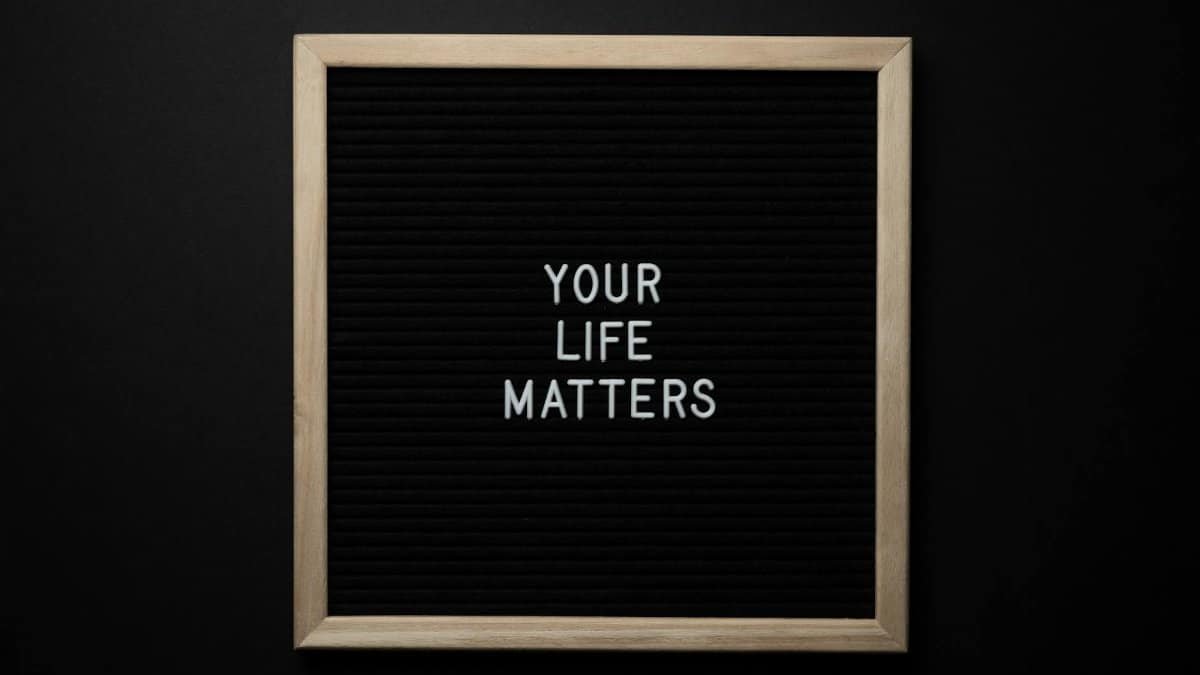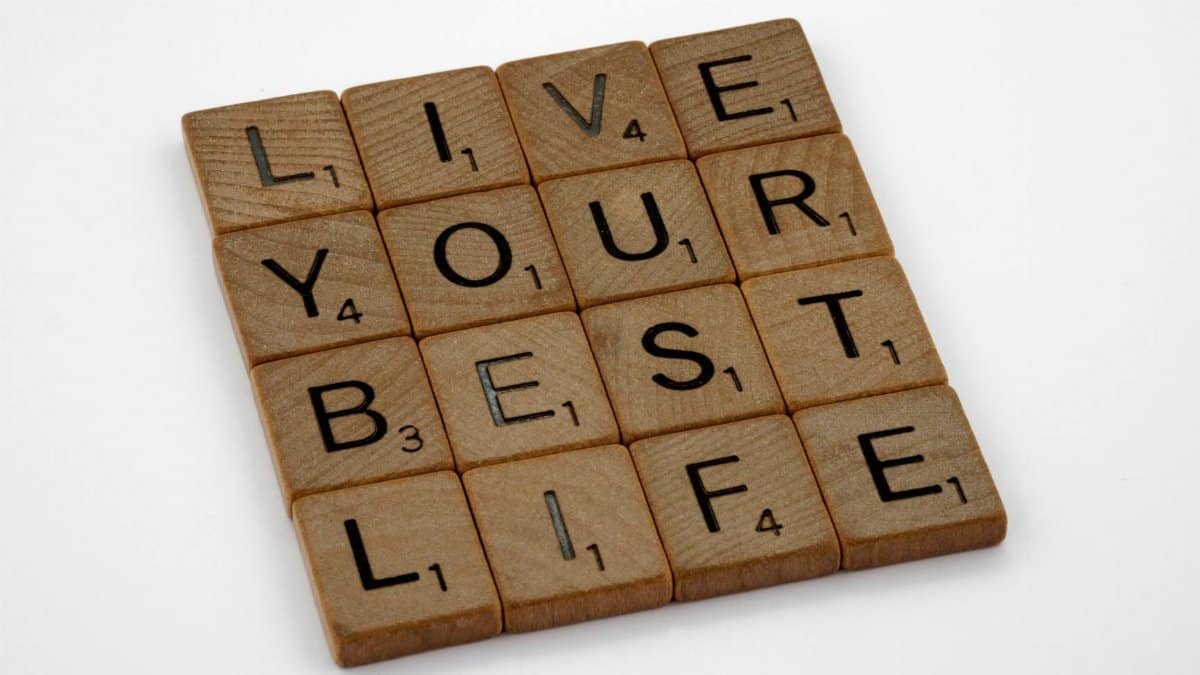Is mind-body healing really the solution everyone claims? This growing practice, which connects mental and physical wellness, is gaining traction across the U.S. as people seek holistic ways to manage stress, pain, and chronic conditions. From yoga to meditation, the approach suggests your body often senses issues before your mind catches up. With research backing its benefits and personal stories highlighting real change, it’s no longer just a trend—it’s a potential game-changer. Let’s break down what mind-body healing means and why it’s worth your attention right now.
What Is Mind-Body Healing?

Mind-body healing refers to practices that link mental and emotional health with physical well-being. Think of it as a two-way street: your thoughts can influence your body, and physical sensations can shape your mindset. Techniques like mindfulness, biofeedback, and guided imagery aim to harness this connection. The idea isn’t new—ancient traditions have long emphasized this balance—but modern science is now catching up, showing how stress reduction can lower blood pressure or improve immune response.
The Science Behind the Connection

Studies are proving that the mind and body aren’t separate entities. Research from Harvard Medical School shows that mindfulness-based stress reduction can decrease anxiety and even alter brain activity related to emotional regulation. A 2021 study by the National Institutes of Health found that meditation practices reduced inflammation markers in the body, a key factor in many chronic diseases. Check out more on this at NIH News. The data is clear: mental shifts can trigger physical healing.
How Your Body Signals First

Ever felt a knot in your stomach before bad news? That’s your body picking up cues your mind hasn’t processed yet. Experts say physical symptoms—tight shoulders, headaches, or fatigue—often manifest as early warnings of mental strain. Mind-body healing focuses on tuning into these signals. By listening to your body, you can address stress or trauma before it spirals, using techniques like deep breathing or progressive muscle relaxation to calm both systems at once.
Practical Ways to Start

You don’t need to be a guru to try mind-body healing. Start small with a five-minute meditation using apps like Headspace or Calm. Yoga, even just basic stretches, can release physical tension while clearing mental clutter. Journaling is another easy entry—write down physical sensations and emotions to spot patterns. The goal isn’t perfection; it’s awareness. Pick one method and stick with it for a week to see how your body and mind respond.
Real-Life Impact

Take Jenna R. from Ohio, who battled chronic migraines for years. After starting mindfulness sessions, she noticed her pain lessened when she managed stress triggers. “I didn’t believe it at first, but my body felt lighter,” she said. Her story aligns with findings from the Mayo Clinic, which highlight how stress management can cut headache frequency. Learn more at Mayo Clinic Stress Management. Small steps can yield big shifts.
Challenges to Watch For

Mind-body healing isn’t a quick fix. It requires patience, and skeptics often struggle to buy in. Some find it hard to quiet their thoughts during meditation or feel silly trying visualization. Physical limitations can also hinder practices like yoga. The key is adapting—find what works for you, whether it’s a seated breathing exercise or simply focusing on gratitude. Consistency matters more than intensity, and results often build over time.
Why It’s Gaining Ground in 2025

As healthcare costs rise and burnout spikes, more Americans are turning to affordable, accessible solutions. Mind-body healing fits the bill, with free online resources and community classes popping up everywhere. Hospitals are even integrating these practices into treatment plans for pain management and mental health. With stress-related illnesses on the rise, this approach offers a proactive way to reclaim control over your health, no prescription needed. It’s a movement that’s here to stay.
